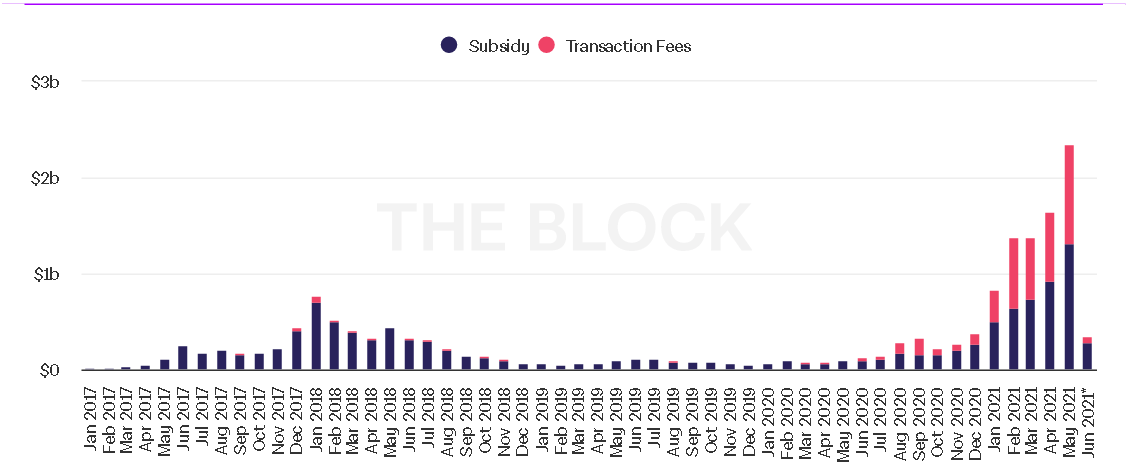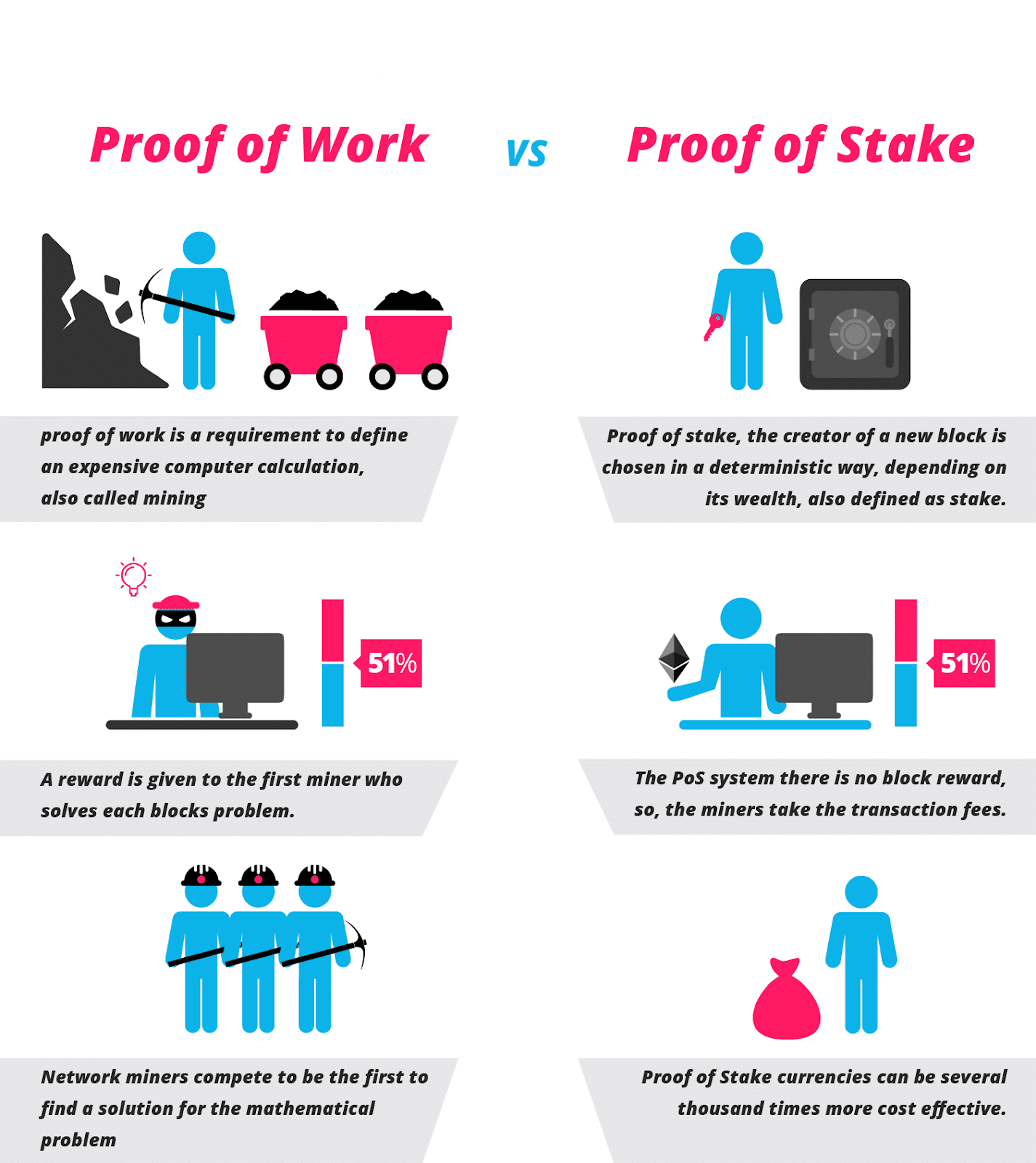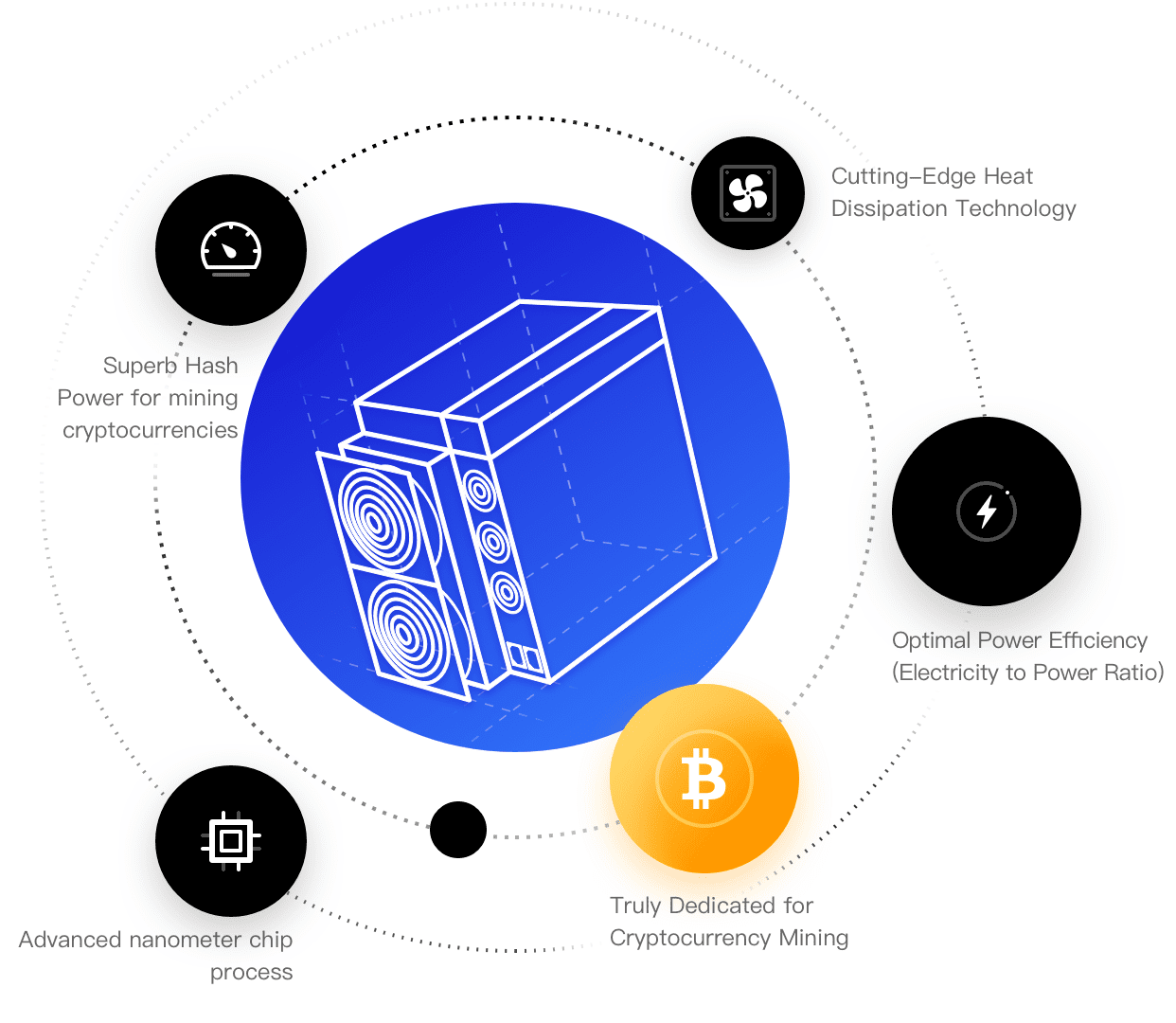How long to mine 1 ethereum for profit?
When you consider that total Ethereum mining revenue has surpassed 1 Billion US dollars in February 2021 and that Ethereum mining profitability has been hovering above Bitcoin mining profitability since May 2021, it is easy to understand why individuals with hardware and room to spare would want to start mining.
At the moment, there is a block reward of 2 Ethereum tokens - if you add transaction fees that average 2 Ethereum tokens as well (more than 50% of the revenue generated on the Ethereum Network is from fees alone), and ‘uncle’ rewards, we end up with a total figure of 4 Ethereum tokens per block!

These figures are mouth-watering but the question still needs to be asked: does it still really make sense to mine Ethereum in 2021? If so, how long would it take to become profitable and mine 1 Ethereum token?
A bit of Context
Mining Ethereum has become a complicated topic, due to technical headwinds in the form of the infamous EIP-1155 fee market overhaul proposal, which will ship with the London Hard Fork in July.
Traditionally, users send fees to miners in order to have transactions executed. When EIP-1155 passes, and it will despite strong opposition from a conglomerate of miners, among them Flexpool, Ethermine and Sparkpool (they represent 60% of Ethereum’s hashpower), the fee will be sent to the network itself in a sort of “burn” with only an optional tip paid to the miners.
Needless to say, while EIP-1155 is a victory of sorts for dApp designers and users, miners stand to lose a massive amount of revenue.
In addition to this new fee overhaul mechanism, anyone looking to start mining in 2021 needs to consider the advent, long in the making, of Ethereum 2.0, which will trigger a transition from Proof of Work to Proof of Stake.

Also worth mentioning is the much talked about difficulty time-bomb, introduced the 7th of September 2015. The difficulty time-bomb would increase difficulty to the point that mining would become impossible.
These three items taken together mean in plain English that mining Ethereum is not a viable option for the long-term.
However, considering that Ethereum’s price and consequently Market capitalization and mining revenue are increasing in a dramatic fashion; that transaction count is establishing new highs lately, probably due to the unstoppable rise of DeFi Protocols; that the total number of accounts, as a metric, is in a clear, positive uptrend, we can conclude that mining Ethereum is, short-term, desirable. It is a fantastic short-term strategy to prepare for the advent of Ethereum 2.0 by mining Ethereum now, in order to prepare a sizable Ethereum Stake.




If one started to mine now, how long would it take to become profitable and obtain one Ethereum token?
The answer is actually not simple and depends on a host of parameters, which we will look at below.
GPU Mining or ASIC Mining?
Ethereum uses the Proof of Work (POW) consensus mechanism. In order to validate transactions and add new blocks to the chain by using the Ethash mining algorithm, a powerful mining rig is required. Miningbenchmark.net has a handy list of the most profitable mining AMD GPU’s (a popular brand), which you can see here: https://www.miningbenchmark.net.
GPU mining comes in two flavors: Solo Mining and Pool Mining. Solo mining entails that you will try to solve cryptographic puzzles on your own without relying on the combined hashpower of a mining pool. Solo mining is not a recommended path, considering that you will compete against miners around the world, some of which have extremely powerful and sophisticated mining setups.
Mining within a pool, with software such as Nicehash for example, is the recommended way to start mining. A mining pool brings together miners who work in unison to solve hash functions and target one block at a time. Once the block is mined the reward is divided and sent to all the miners in the pool according to their level of contribution.
When it comes to GPU mining, be it Solo or Pool mining, it is crucial to take a long, hard look at the hardware, and more specifically at hardware components, as the amount of time required to mine one ethereum token will depend on the hashrate of the rig and on the quality of components such as: the motherboard, the GPU, the hard drive, the ram, fans, power supply unit…




An ASIC miner is a specialized board that is custom-designed for a single purpose: mine cryptocurrency. An ASIC Miner can only mine one type of cryptocurrency at a time. ASICs perform better than GPUs in terms of their electricity consumption and computing power.

The Upfront Costs of Mining
The key to mining is to maximize the hashrate of the hardware while minimizing upfront and maintenance costs.
Upfront costs that need to be considered are: cost of hardware (in the context of this article, GPU or ASIC mining rigs), Rent (if planning to deploy a mining farm in a warehouse, for example), power consumption and cost of electricity, maintenance fees ( as components wear down quickly due to intense use), and finally pool fees (if planning to be part of a mining pool), which usually range from 0% (free pools, which are to be avoided like the plague) to 3%.
Regarding the cost of GPU’s, prices are currently extremely high and trending up. The RTX-30 series of GPU’s, for example, is now selling at 2.1-3.5 times their official launch prices!
It is desirable to mine in countries in which the cost of electricity is cheap or if possible to move mining operations to countries that offer this resource for cheap. Any electricity cost below $0.12 kW/h is profitable, and prices below $0.06 make it truly viable.
Software and Customization
While the hardware aspect is of critical importance in the process of mining, the software and customization (such as overclocking, underclocking and undervolting) aspects also play a crucial role.
A miner will obviously need an Ethereum wallet, a safe place to store Ethereum tokens mined. A self-custodial wallet is recommended - the consensus is that sending mined Ethereum directly to exchanges is a no-no in terms of security.
The next piece of software required is a client that will allow the miner to access and interact with the Ethereum Network. Examples of such software are: Parity, Mist, Claymore Miner or WinEth.
The next step is to download the entire blockchain (approximately 200 GB in size) and to point the mining rig to a local node.
An estimate of how long it would take to mine 1 Ethereum token.
According to CoinWarz’s Ethereum profitability calculator, and based on their mining hardware inputs, 0.01700500 Ethereum can be mined per day with a mining rig sporting a hashrate of 750 MH/s, consuming 1,350.00 watts of power at $0.10 per kWh, a block reward of 2 Ethereum, and an Ethereum difficulty of 7,621,286,107,062,471.00.
From this amount, we remove mining power costs and mining fees, and we come to a final profit of 39.89$ USD. Given the current price of Ethereum it would take approximately 58.8 days to obtain a full Ethereum token! CryptoCompare.com’s profitability calculator provides the same estimate when given the same inputs.

